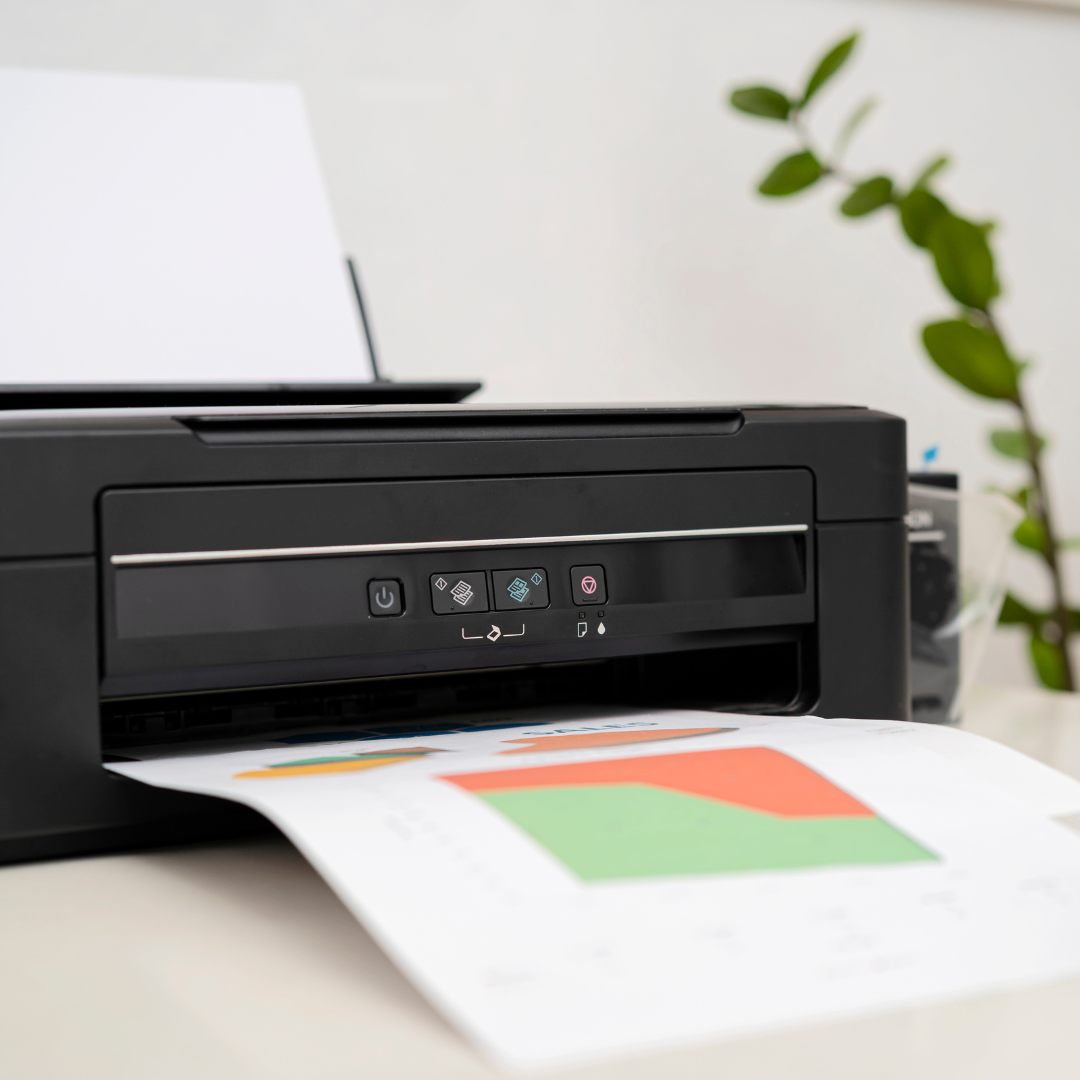In today's digital age, our lives are intertwined with various screens, be it laptops, smartphones, or televisions. One critical aspect that significantly affects our visual experience is screen size. The size of a screen plays a fundamental role in determining the level of immersion, comfort, and overall usability. In this blog post, we will dive into the world of screen sizes, examining their significance and the factors to consider when choosing the perfect fit for your needs.
-
Immersive Viewing Experience: Screen size directly influences the level of immersion when consuming multimedia content. A larger screen creates a more captivating and engaging experience, allowing you to be fully absorbed in movies, TV shows, or games. Whether it's the breathtaking landscapes of a nature documentary or the intense action of a thrilling game, a larger screen can enhance your enjoyment and make you feel part of the action.
-
Productivity and Multitasking: For work-related tasks or productivity purposes, screen size plays a crucial role. A larger screen provides more visual real estate, allowing you to have multiple windows, documents, or applications open simultaneously. This boosts productivity and efficiency by reducing the need for constant window switching, providing a seamless workflow and enhancing multitasking capabilities.
-
Content Creation and Design: Professionals in fields such as graphic design, video editing, or architecture often require larger screens to accommodate complex projects and work with intricate details. A spacious screen allows for better accuracy and precision, enhancing creativity and ensuring a comfortable working experience. The ability to view your creations in their full glory without constant zooming or scrolling can make a significant difference in the quality of your output.
-
Portability and Mobility: While larger screens offer advantages in terms of immersion and productivity, smaller screens have their own appeal, particularly in terms of portability and mobility. Devices with smaller screens, such as smartphones and compact laptops, are lightweight and highly portable, making them ideal for on-the-go usage. They allow you to stay connected and productive while traveling or in situations where a larger screen may be cumbersome.
-
Ergonomics and Comfort: Choosing the right screen size also involves considering ergonomics and comfort. The viewing distance and angle are crucial factors in preventing eye strain and maintaining a healthy posture. For desktop setups, larger screens can be placed at an optimal distance, reducing the need for excessive eye movement. However, for smaller screens like laptops or smartphones, it's important to be mindful of maintaining an appropriate viewing distance to avoid eye fatigue and discomfort.
Conclusion: The choice of screen size ultimately depends on your specific needs, preferences, and usage scenarios. Whether you seek an immersive cinematic experience, require a productive workspace, or prioritize portability, finding the perfect fit is essential. Consider the intended use, the tasks you perform, and the viewing environment to strike the right balance between screen size and functionality. Remember, the goal is to ensure an enjoyable, comfortable, and visually appealing experience that seamlessly integrates with your lifestyle.









